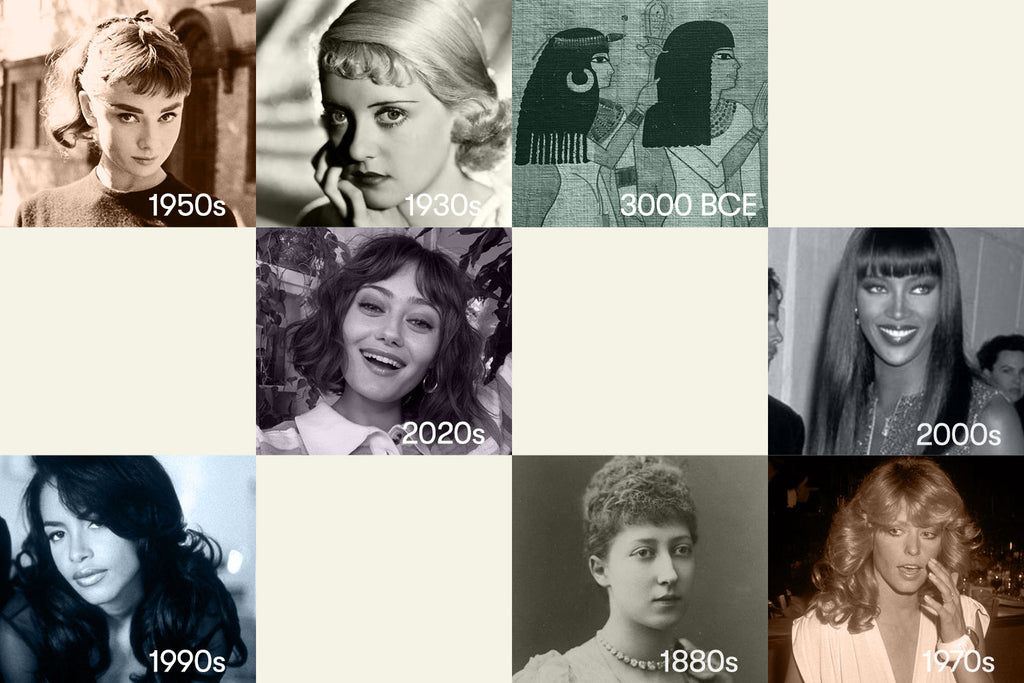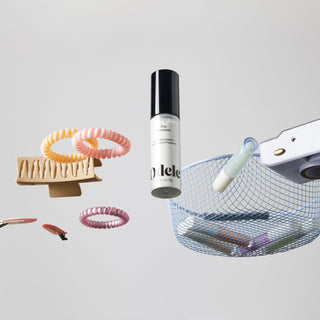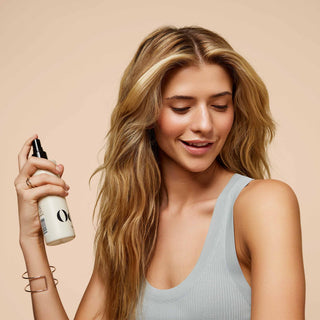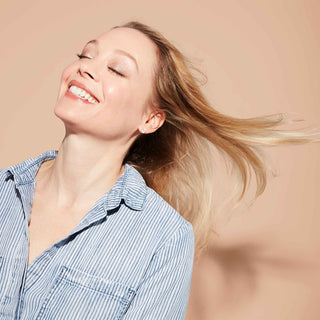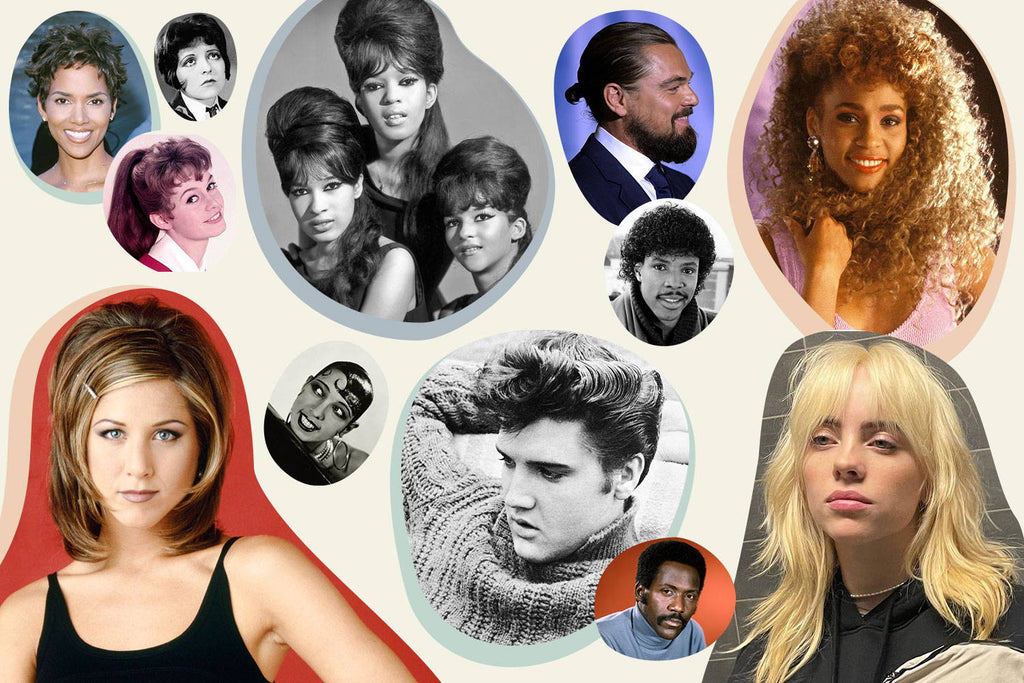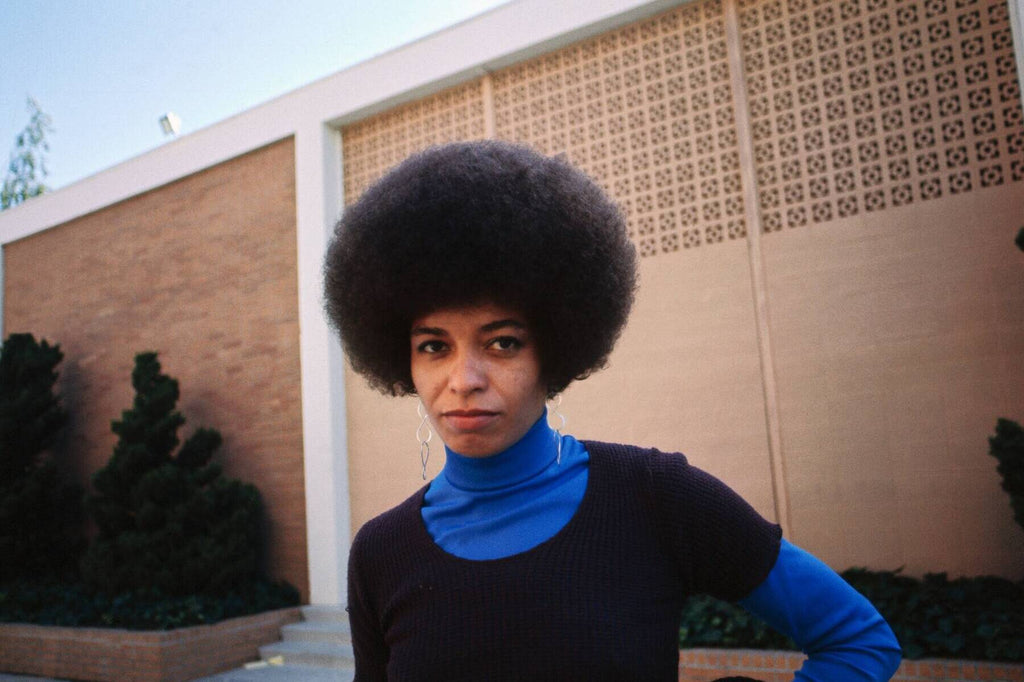Hair trends come and go, but bangs have been around (almost) forever. Throughout the years, bangs have evolved from everything from a fashion innovation to a political statement to a therapeutic measure—with cuts coming in pretty much every shape, length and style. Whether you’re brushing up on your hair knowledge or need inspo for your next cut, here’s everything you need to know about the history of bangs.
Why are they called “bangs” anyway?
Sometime a century or two ago, people started cutting their ponytails “bang-off”—as in abruptly and bluntly straight across. To be clear, we’re talking about actual pony’s tails. Horses. It was a trend for styling horse’s tails, and it’s still called “bang-tail” even now. As time went on, some hair-related terms jumped species from horse to human—and now we humans in North America have “bangs” trimmed into our lexicon.
In the UK and in many other parts of the world, the same style is called “fringe,” and the origin of that term is a lot more obvious and doesn’t involve any farm animals, so we’ll just move on.
Where did bangs come from?
No one knows exactly where and when the first fringe was snipped, but the Ancient Egyptians wore blunt-cut bang wigs as early as 3000 BCE (though Cleopatra’s famous fringe is apparently a myth). The style later caught on in Ancient Greece and Ancient Rome: Rome’s first emperor, Augustus, wore his hair combed into a short, forehead-framing fringe—setting a new trend (later dubbed the “Caesar cut” that future emperors would follow.
As far as modern history goes, historians say the first traceable roots of bangs lead back to an Iraqi-Spanish musician and Renaissance man named Ziryab. Quite the cultural and fashion influencer in his day, he made fringes popular in Europe during the 9th century. (He is also thought to have introduced things like deodorant, shampoo and toothpaste.)
But it wasn’t until the 1920s that bangs really sprung into style across the world. The Roaring Twenties saw women experiment with all kinds of new fashion and beauty looks—including the blunt, fringed cuts of famous flappers like Louise Baker. Fast forward to today, and we’re looking at thousands of years of fringe—talk about a timeless style. Below are some of the most iconic bangs throughout history.
The history of bangs: a timeline of trends
3000 BCE
The Ancient Egyptians were known to wear ornate wigs with blunt-cut bangs.
46 BCE
Roman emperors like Augustus, Julius Caesar and Caligula donned cropped fringes.
1400s
Joan of Arc was believed to have worn short, straight-edged bangs.
1500s
For English women of the Elizabethan era, fringe was out—large, elongated foreheads were in. Men sometimes sported short bangs (at least an inch above the eyebrow).
1600s
With the clergy controlling fashion and beauty trends in Europe, bangs were viewed as a vain, inappropriate style. It was controversial for women to wear them at the time.
1880s
Royals like Princess Alexandra of Wales sported poofy, ultra-curly bangs. Victorians got into it.
1920s
The flapper-era ‘20s were all about blunt bangs and bobs.
1930s
Bang styles softened up in the ‘30s, with blunt edges being traded for wispy curls.
1940s
Lucille Ball, Betty Page and other stars made “bumper bangs” the big trend of this decade.
1950s
Audrey Hepburn’s shorter version of the bang set a new trend: baby bangs. They were a popular addition to pixie cuts, like those of Twiggy and Mia Farrow.
1960s
Curtain bangs are almost as popular today as they were when they debuted in the ‘60s. The iconic style was popularized by French fashion icons like Brigitte Bardot and Jane Birkin.
1970s
Fringe styles got longer and more layered. Farrah Fawcett’s fabulous flippy bangs were one of the defining looks of the decade.
1980s
Hair got even bigger in the ‘80s, so naturally, bangs did, too. Donna Summer’s voluminous, curly bangs were trendy as ever. Between hockey mullets and “mall bangs,” bangs were everywhere.
1990s
Big bangs continued their reign into the early ‘90s (see: cast of Saved By The Bell). Side-swept strands were also popular in the ‘90s, like those of Aaliyah and Cameron Diaz. And we can’t forget the mushroom cut (aka “butt cut”): the middle-parted, curtain bang style favored by Jonathan Taylor Thomas, Leonardo DiCaprio and James Van Der Beek.
2000s
Longer, “precision-cut” bangs were popularized by supermodels like Naomi Campbell, Tyra Banks and Heidi Klum.
2010s
Piecey, lash-length fringes were a popular look. Side-swept bangs swept hair salons again. And Justin Bieber’s bangs were a main talking point of the early ‘10s.
2020s
So far, we’ve seen curtain bangs make a big comeback in the last few years. Wispy “air bangs” are super popular in South Korea right now, while full, shaggy fringes are still making marks on this decade, too.
What’s next?
With more and more people ditching traditional gender norms, we predict that gender-neutral styles will continue to rise in popularity. We’ll be looking out for short cuts with shaggy fringes, edgy bowl-cut bangs, ‘50s-inspired ultra-cropped baby bangs and lots of layered looks.

